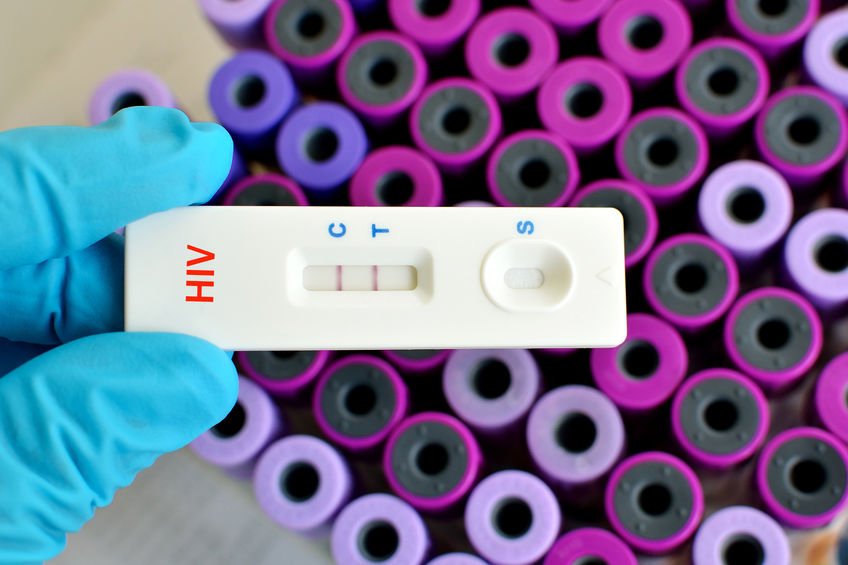
The TasP Strategy for HIV and WHO’s New ‘Test and Treat’ Guidelines
The latest medical evidence shows that people on effective ART (Antiretroviral Therapy) cannot spread HIV to others when their viral load goes down to undetectable levels.
Patients who adhere to ART are found to show an incredible decrease in the HIV viral load in their blood, vaginal fluid, semen, and rectal fluid. The load becomes so low that blood tests are unable to detect it. Doctors call it “viral suppression” or “undetectable load.” In this situation, a person can live a healthier life and not spread the infection to others.
However, it is possible to confirm viral suppression only when a patient takes regular treatment, undergoes regular monitoring and testing of viral load, and takes proper medical support.
With that said, HIV screening in Arlington is available at the nearest STD clinic. Effective ART begins with testing, which is the only way you can confirm whether you need ART or not.
TasP (Treatment as Prevention)
ART has proved to be an effective prevention tool. Nowadays, it is used as patient-specific strategy to manage viral load and as public health intervention.
TasP (Treatment as Prevention) talks about HIV prevention programs that utilize ART to reduce the risk of transmission.
The game-changing study
The PARTNER study was a 4-year study conducted in 2014 that enrolled over 1000 mixed-status couples featuring undetectable viral load of the HIV-positive partner. The study was done across 14 European nations. The couples included homosexuals and heterosexuals.
The study found zero transmissions in the enrolled couples after they had sex 58,000 times without using a condom.
This study provided solid evidence of the effectiveness of TasP.
New WHO guidelines
Looking at the effectiveness of TasP, the World Health Organization (WHO) has released new guidelines for a ‘treat all’ or ‘test and treat’ strategy. This involves increasing the coverage of testing and treatment. One way is to initiate ART immediately on all HIV-diagnosed people, irrespective of their viral load or CD4 count, which shows the virus level in body.
This strategy seeks to mitigate community viral load and decrease new infection rates.
WHO’s new guidelines form a strong basis of 90-90-90 program of UNAID (United Nations Program on HIV and AIDS), which targets to wipe off AIDS as a significant public health problem by the year 2030.
The 90-90-90 denotes:
- 90 per cent of all HIV-positive patients being aware of their status
- 90 per cent of all diagnosed patients on ART
- 90 per cent of all ART patients showing viral suppression
Experts urge people to get tested for HIV in Arlington as soon as possible and contribute to UN’s endeavors to curb AIDS by the coming decade.
Testing for HIV is easy now
You can easily walk inside your nearest STD clinic and, without an appointment, consult a doctor and ask for a test. The staff respects the privacy of patients. You are allowed confidentially while billing too.
HIV was an epidemic back in 1980. Today, it is a manageable disease. The future might see AIDS getting wiped off from Earth. It’s possible. And it all starts with every sexually active citizen becoming responsible enough to undergo a test.

No Comments
Sorry, the comment form is closed at this time.